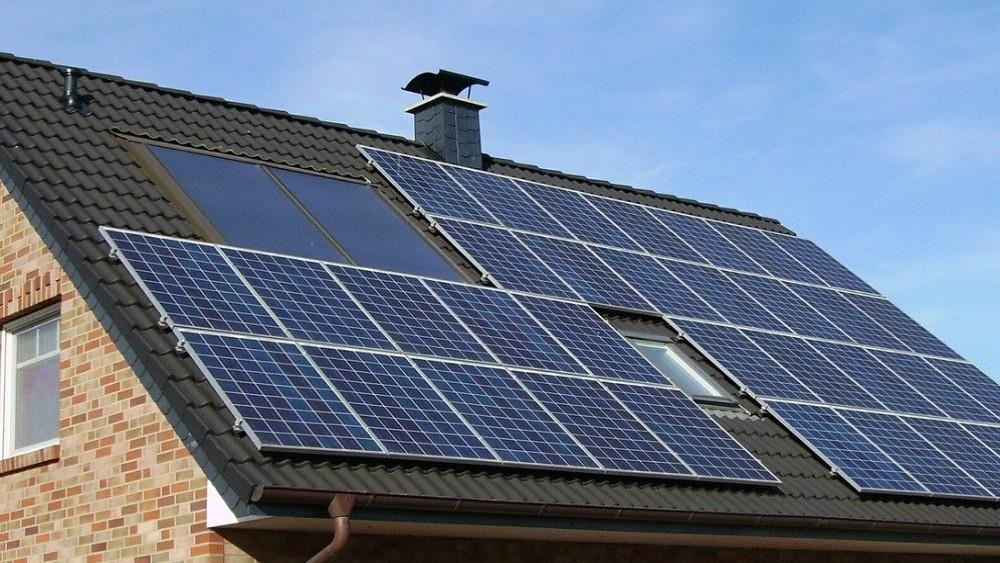

In a survey by Home Quality Mark, over two thirds of respondents said sustainable features are important in a prospective property. For a home to be sustainable, it must have elements that lower environmental impact, but must also be built to last. Nick Cowley, Managing Director at Endurawood, explores how to construct sustainable and durable new builds.
Government research has found that the UK needs to build up to 345,000 new homes per year to fulfil demand.
While new homes must be produced quickly and sustainably, housebuilders must not compromise quality. Therefore, property developers need to examine new build features that both lower the environmental impact of a home and increase its lifespan.
Location
The location of new builds can be as important for sustainability and durability as building methods and materials.
With UK flooding becoming common in recent years, housing area drainage must be considered. Flooding can cause structural damage, electrical faults, mould and debris. To prevent flooding, property developers can incorporate specially landscaped natural drainage points, such as ponds and ditches, which minimise the risk of flooding while creating a varied wildlife habitat.
Trees are another natural feature that reduce flooding by intercepting rainwater as it falls and evaporate it back into the atmosphere before it reaches the ground. Their roots help infiltrate water into the soil, reducing water runoff. This can also be reduced with permeable paving, such as pervious concrete and interlocking grass pavers.
Energy
Another consideration when constructing sustainable new builds is energy optimisation. Solar power is a renewable energy source that produces zero water or carbon emissions during operation. By incorporating solar photovoltaic panels into new builds during the construction process, the components can be bought in bulk, which saves money, and the technology can be incorporated seamlessly into the home as opposed to retrofitting later.
Solar panels also appeal to those that want to save on energy bills. A typical home solar PV system can save up to 1.6 tonnes of carbon per year and can supplement between 20-30% of a home’s electricity needs.
It's also important to build with high energy efficiency in mind. Any appliance installed into the home should have at least an A energy rating, and using light emitting diode bulbs can save up to 90% of energy compared to traditional bulbs.
Energy efficient windows and doors can also boost energy efficiency, by trapping heat inside and keeping rain and wind out. This weatherproofing increases the durability of the house by protecting it from damage, while improving energy efficiency.
Building materials
The building materials used to construct a home are arguably the most important factors in its durability. In this area, it can be harder to strike a balance between being environmentally friendly and long lasting.
Aluminium strikes the balance of environmental and superior durability benefits. It has one of the highest recycling rates of any metal due to its ability to be melted and reformed without any loss in quality, and the recycling process of aluminium requires only five per cent of the initial energy consumed to create it.
Fortunately, the exceptional properties of aluminium can be combined with the traditional aesthetics of wood. Endurawood is an aluminium building material with a woodgrain finish. Endurawood is 100% recyclable, and uses volatile organic compound free coatings and lead-free finishes.
Furthermore, Endurawood is non-warping, corrosion resistant, non-porous, and frost resistant, proving a weatherproof material. It’s also insect proof and stain and scratch resistant, displaying ultimate durability that is suitable for a range of building projects, such as decking, fencing and cladding.
While many house buyers are looking for environmentally friendly features, they also want homes that are built to last. For property developers to satisfy both sustainability and durability requirements, they should carefully consider the home’s surroundings, energy usage and building materials.
By building with the future of both the property and environment in mind, homes can be beneficial for all.